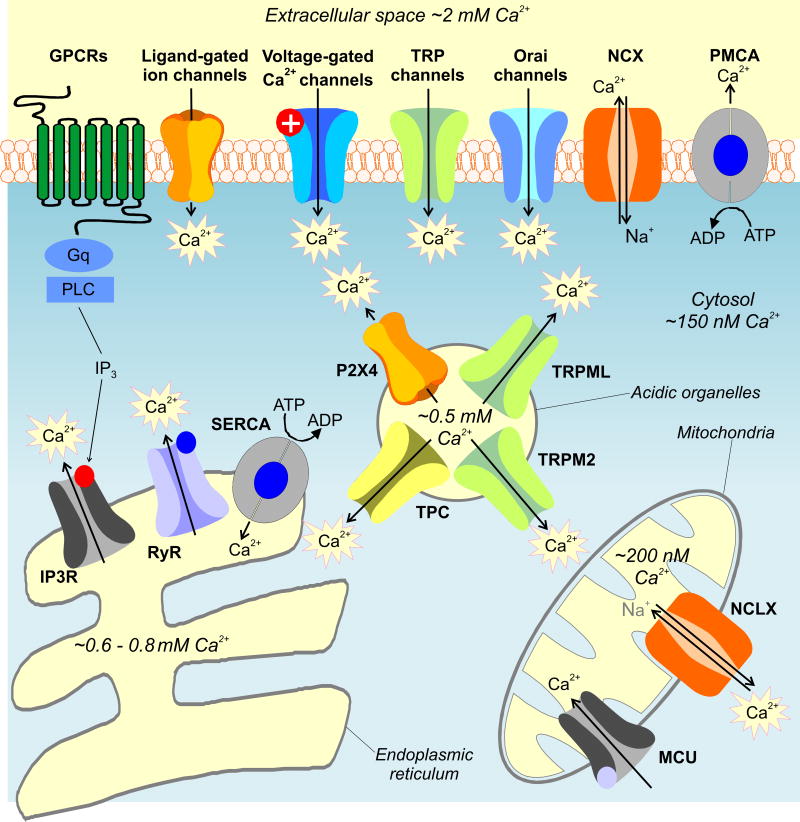Figure 2. Key Figure: Ca2+ transport in cells.
The cartoon shows various sources and sinks for Ca2+ in cells. In going forward, these need to be considered carefully in studies of astrocytes. Changes in cytosolic Ca2+ are dynamically regulated through interplay between Ca2+ channels, pumps and transporters. A variety of Ca2+ channels exist which are expressed on both the plasma membrane and the membrane of organelles. Voltage-gated Ca2+ channels are highly selective plasma membrane proteins that mediate Ca2+ signals in excitable cells in response to membrane depolarization. A number of neurotransmitters mediate Ca2+ signals through less-selective ligand-gated ion channels. These include cell surface P2X receptors activated by ATP and the NMDA class of ionotropic receptors for glutamate (NMDAR). Nicotinic acetylcholine (AChR) and 5-HT3 (5HT3R) receptors are Ca2+-permeable members of the cys-loop family of ligand-gated ion channels activated by acetylcholine and 5-HT, respectively. TRP channels constitute a large family of widely expressed ion channels. They are divided into 6 families in mammals. Their Ca2+ selectivity varies widely and they are activated by a number of intracellular and extracellular cues including heat (e.g. TRPV1), cold (e.g. TRPM8), pungent chemicals (TRPA) and Ca2+ itself (TRPP2). TRPC channels are activated upon receptor-mediated signaling downstream of phospholipase C signaling via diacylglycerol in some cases. Orai channels are highly Ca2+-selective channels activated by the ER Ca2+ sensor STIM upon depletion of ER Ca2+ stores. Plasma membrane Ca2+ ATPase (PMCA) pumps and sodium-calcium exchangers (NCX) transport Ca2+ out of the cytosol. IP3 receptors are intracellular Ca2+-permeable channels localized predominately to the ER where they mediate Ca2+ signals in response to IP3 produced upon phospholipase C activation, which occurs downstream of GPCR activation. Receptor stimulation also elevates levels of, cyclic ADP-ribose (cADPR) which activates the related ryanodine receptors (RyR). The ER Ca2+ stores are filled by sarco-endoplasmic reticulum Ca2+ ATPases (SERCA The Golgi complex (not shown) also acts as a dynamic Ca2+ store housing IP3 and ryanodine receptors for Ca2+ release and secretory pathway ATPases (together with SERCA) for filling. In addition to the ER, a number of acidic organelles which include lysosomes also serve as Ca2+ stores. These acidic Ca2+ stores express two-pore channels (TPCs), activated by the intracellular messenger NAADP, and TRPM2 activated by ADP-ribose (which additionally activates plasma membrane TRPM2). TRP mucolipins (TRPML) and P2X4 receptors are also expressed on lysosomes. Ca2+ is also dynamically regulated by mitochondria. Ca2+ is rapidly taken up by the mitochondrial uniporter (MCU) which is a Ca2+-permeable channel localized to the inner mitochondrial membrane. Ca2+ is slowly released back into the cytosol by the actions of a mitochondrially targeted sodium-calcium changer (NCLX). The Ca2+ concentrations for the intracellular compartments were taken from published work [58-60].

